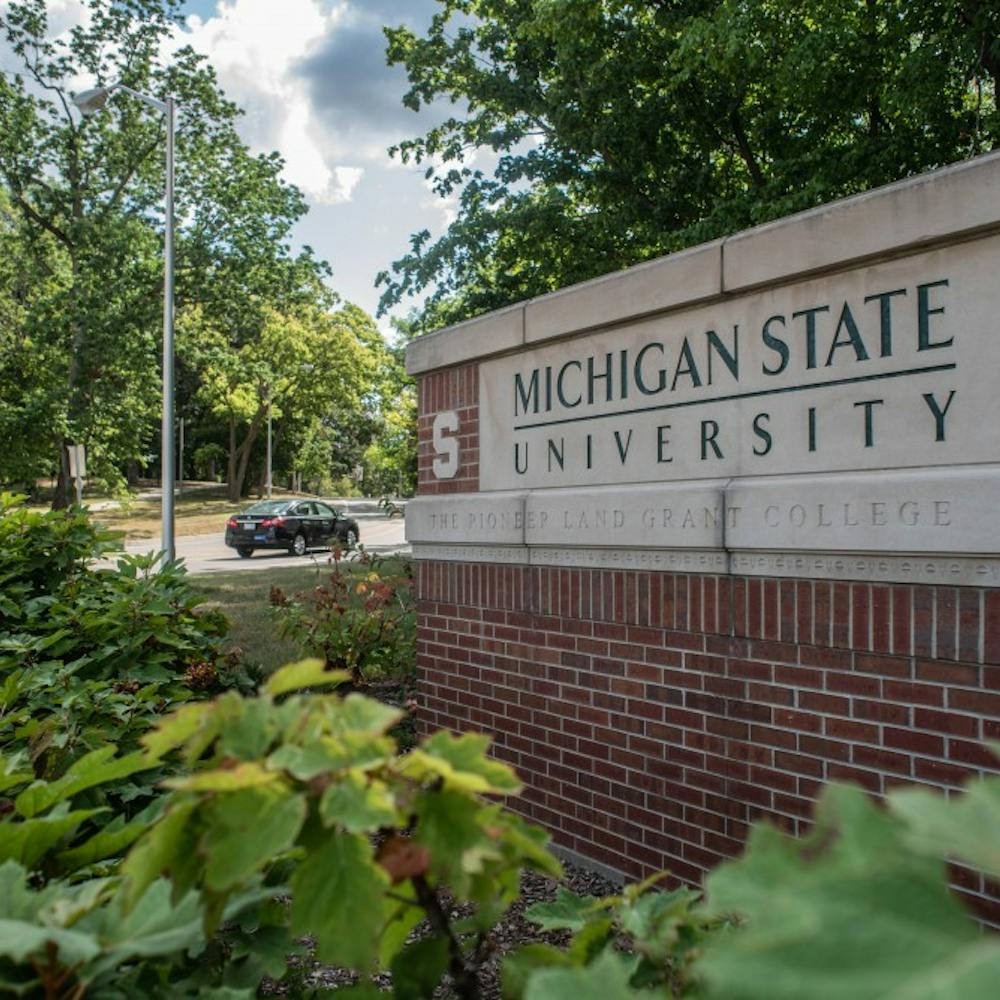In the 2011-12 season-to-date Nielsen network television ratings, eight of the top 20 most-watched shows deal with solving crime.
From “NCIS” at No. 3 to “CSI: Crime Scene Investigation” rounding out the bottom of the list, criminal investigators evidently have a massive appeal.
They’re dashing, snarky and clever enough to catch a murderer within the hour. It’s classic American escapism. Of course, there are crime solvers in real life, too. In fact, MSU has a premier forensic science program, comprised of dedicated researchers who develop the methods that crime labs use to analyze evidence in actual casework.
But for forensic chemistry researchers, such as Ruth Smith, the fantasy of popular television can be frustrating.
“That’s the big misconception that a lot of people have about us. They see all these different shows,” she said, calling up images of scientists and special agents driving up to the crime scene, “but that’s not really the common thing.”
Smith has had students approach her about the program without understanding this distinction.
“When I tell them what we do in terms of chemistry, some of them look at me in shock,” she said. “You can’t be a forensic chemist if you don’t like chemistry.”
The attitudes of the CSI generation make it difficult to represent a forensic science program without either glamorizing or trivializing the field. Fortunately, it appears that the students who come to MSU to work in Smith’s lab don’t just like chemistry — they love it. With a small group of graduate and doctorate students, the team conducts research that, while perhaps lacking a degree of as-seen-on-TV gloss, serves a real purpose.
The research has a simple goal: take the current procedures used in forensic labs and look for ways to improve them. Whether this involves finding more efficient ways to analyze substances and evidence, or incorporating new technologies into crime labs, Smith and her colleagues are searching for ways to make procedures faster, cleaner and more precise.
One of their main projects deals with detecting impurities in ecstasy tablets. By fine-tuning methods for extracting and identifying various chemical additives, the team helps law enforcement track drug trafficking. By comparing the additives in tablets from different regions around the country, it becomes possible to link those tablets back to a common production lab.
Some of their projects sound ready-made for television. For example, Smith’s lab is developing techniques for analyzing bullet wounds in badly decomposed bodies. By looking at the chemistry of the tissue as it goes through the decomposition process, they can identify gunshot residue and discover entrance or exit wounds.
Don’t worry, though: There are no dead bodies lying around in the lab.
Nor is anything lit on fire, although Smith and her team do study fire debris and ignitable liquids. In arson cases, Smith explains, the arsonist typically uses a flammable liquid to increase the speed of the fire and cause maximum damage.
Now, imagine if you soaked a carpet with a flammable liquid and set it ablaze: The fluid on the surface would burn, but some of it would seep into the fabric and remain there. The extreme heat conditions may make the chemical look different, but the lab can use probabilities to estimate its identity based on a comparison with a database of known compounds.
“A lot of forensic science is based on visual comparisons of data,” Smith said. “The aim now for forensic science is to be more objective in these comparisons.”
It’s not about making the research sexy. It’s about advancing the technology that’s used to crack down on the crime in our own backyards.
Smith and her colleagues in MSU’s forensic science programs are leading the way in this push for more quantitative, statistical research. Their success in receiving grants and publishing results reflects the hard work they do every day, building the foundation for the methods used in crime labs and in court testimonies.
And they do all of this far from the lenses of network TV cameras.
“Personally, I’ve never actually seen an episode of CSI,” Smith said.
She has more important things to do with her time. And we should be grateful for it.
Craig Pearson is a State News guest columnist. Reach him at pears153@msu.edu.
Support student media!
Please consider donating to The State News and help fund the future of journalism.
Discussion
Share and discuss “TV not real forensic research” on social media.







